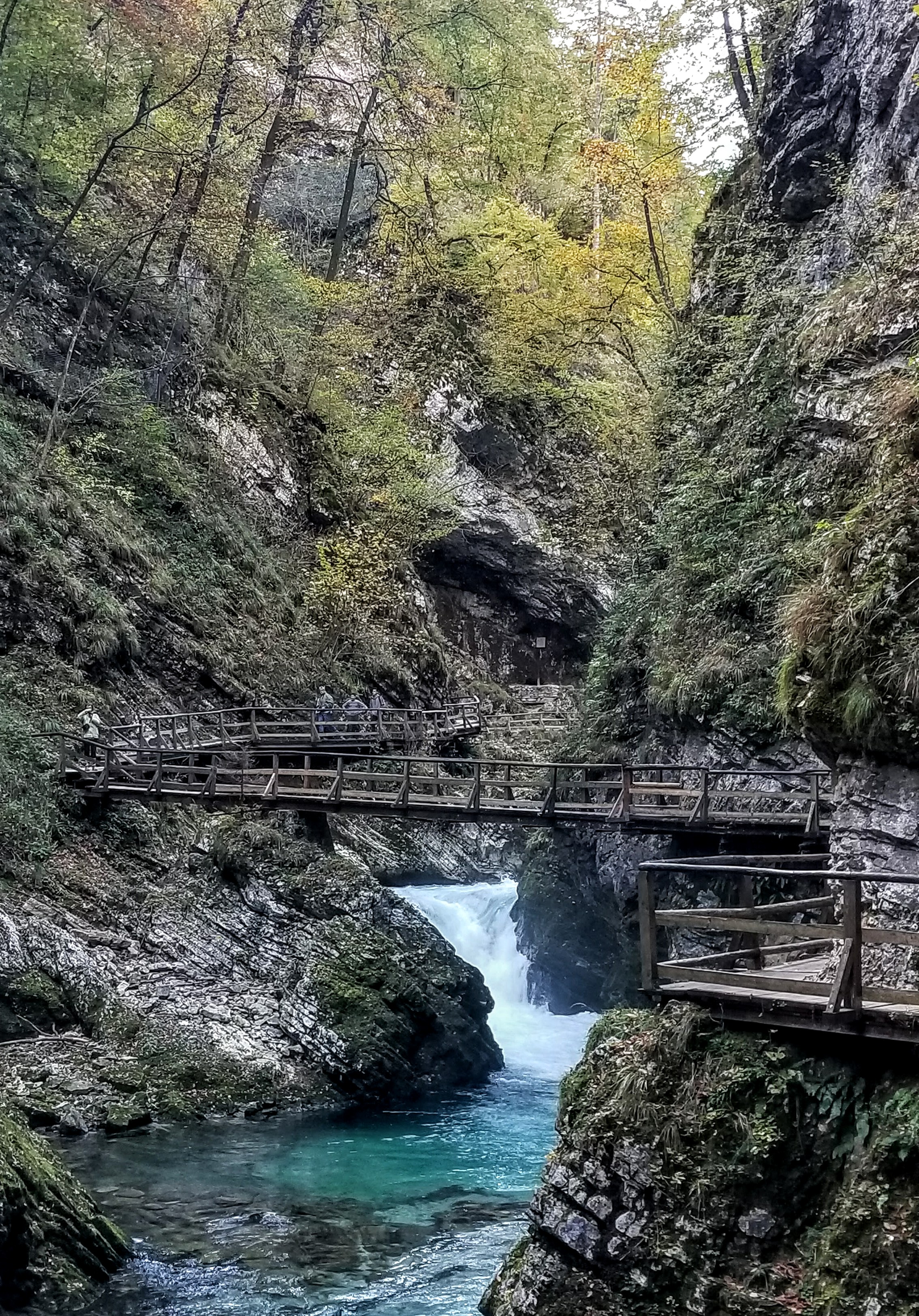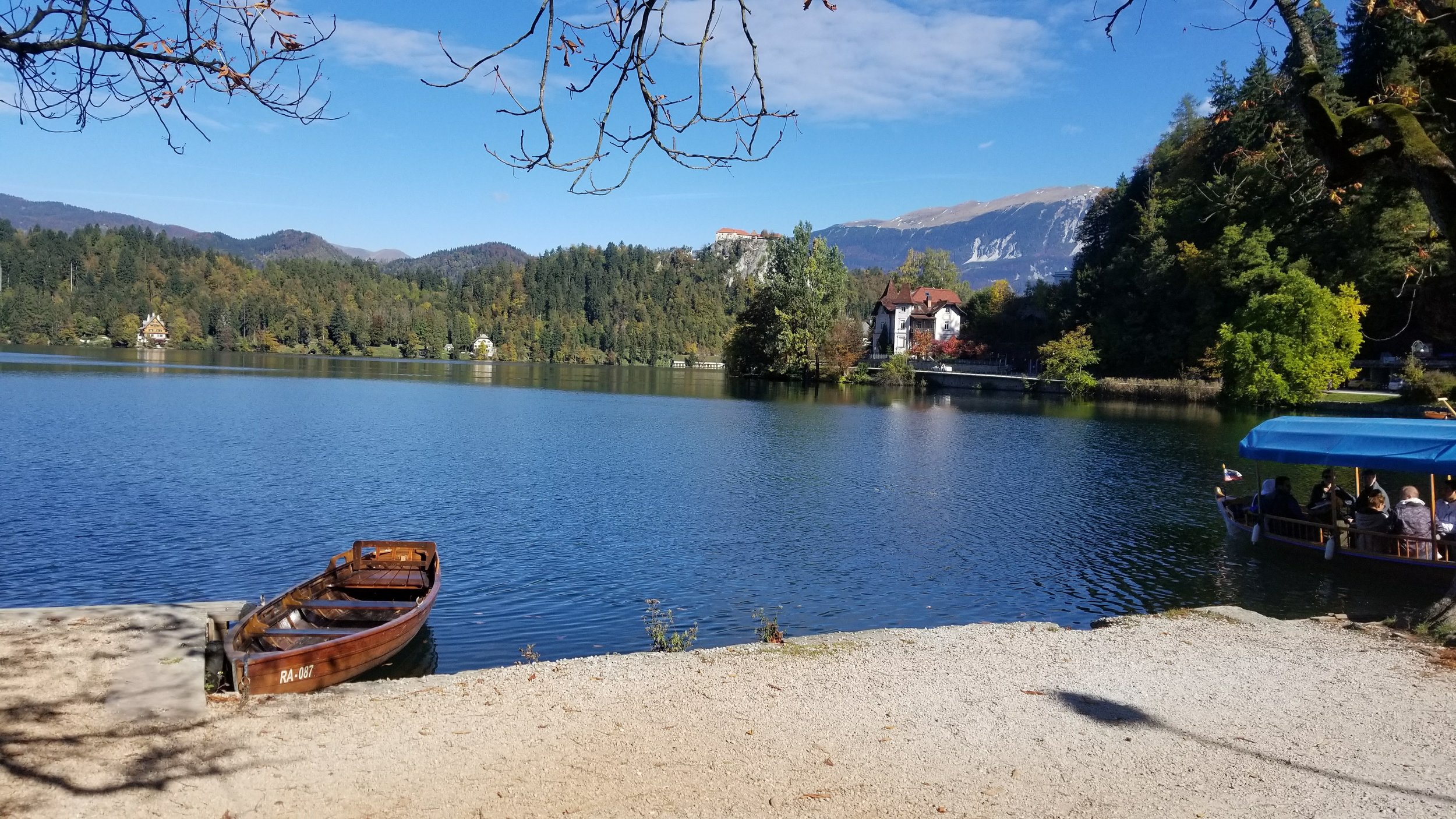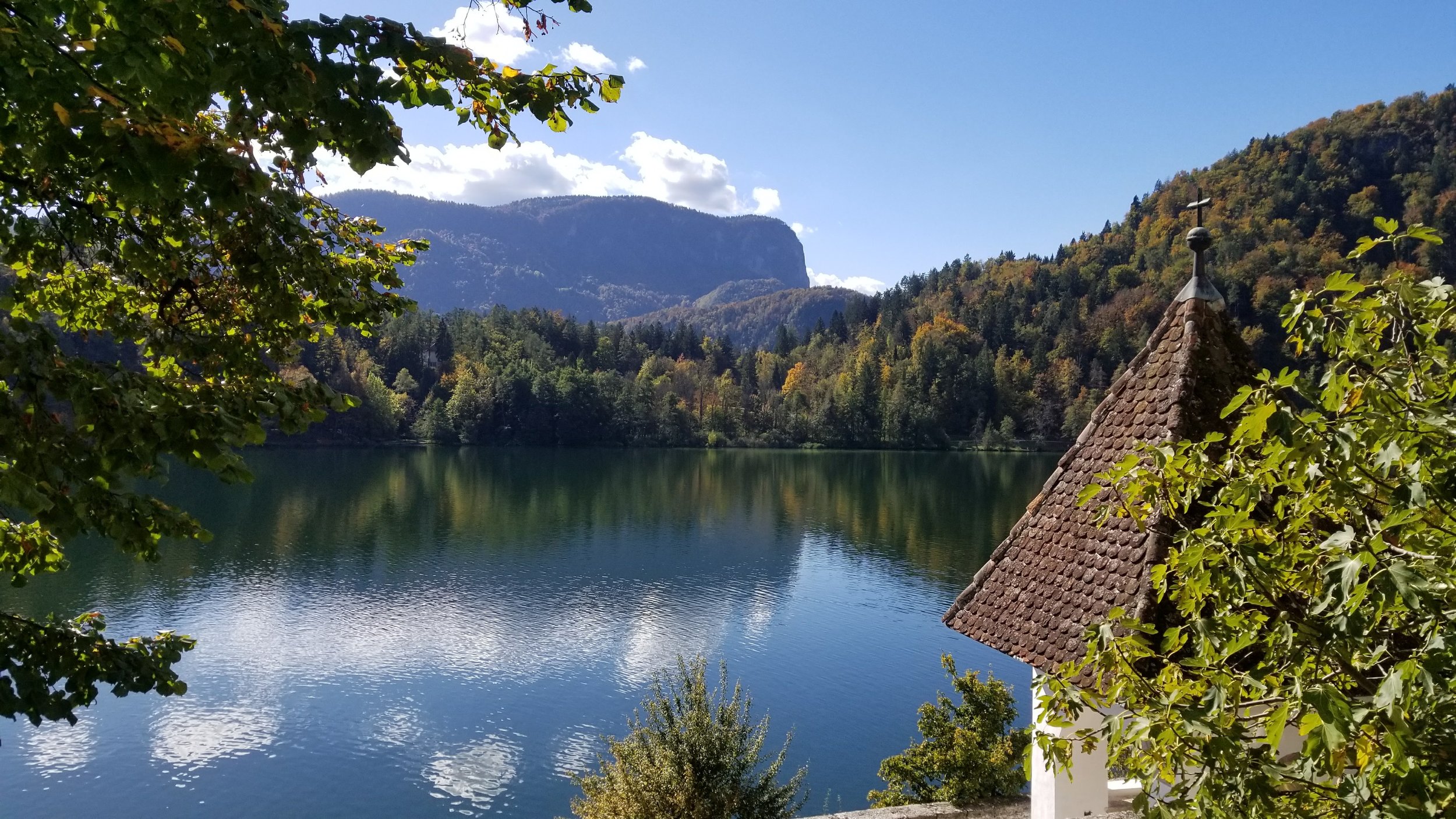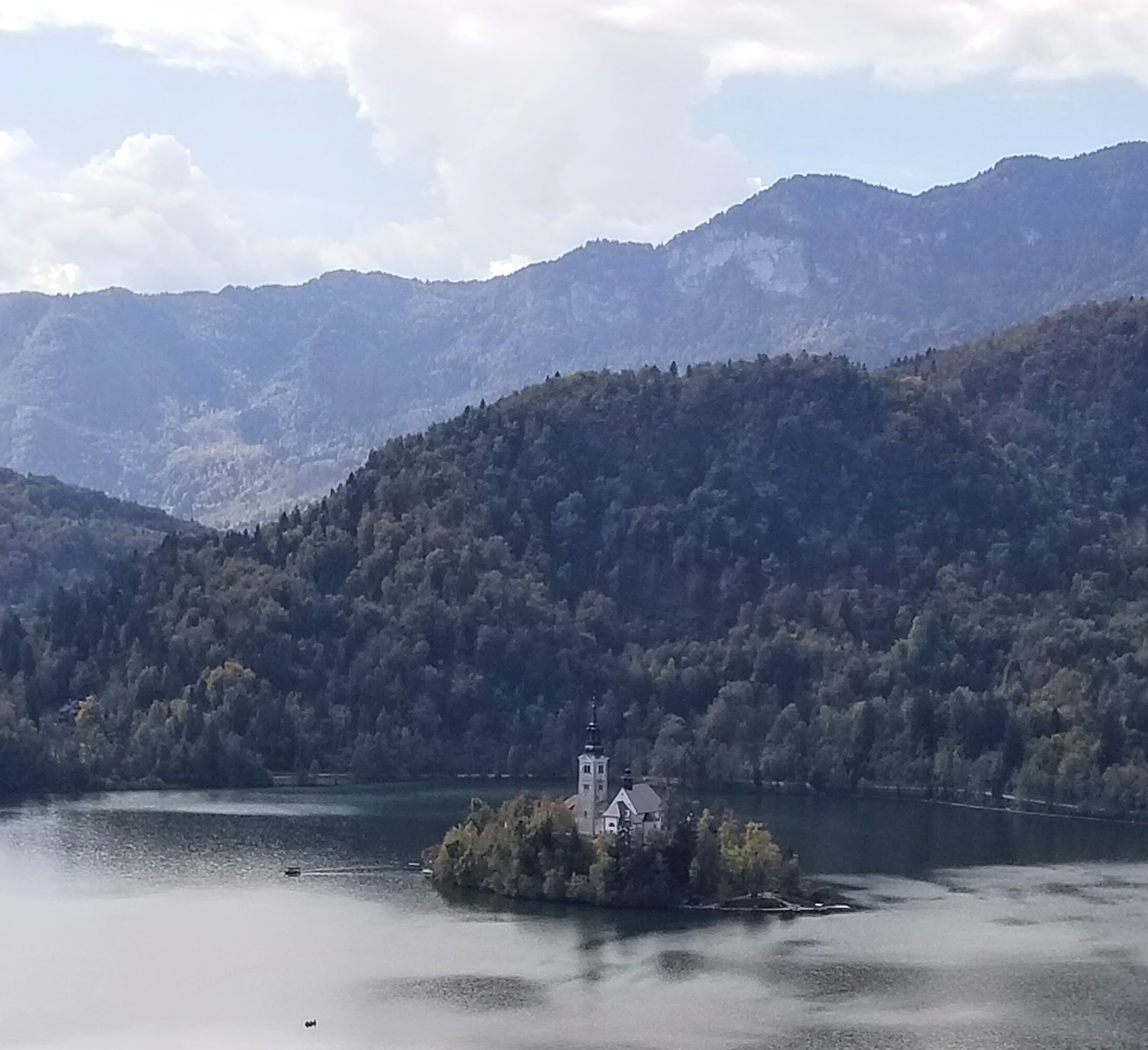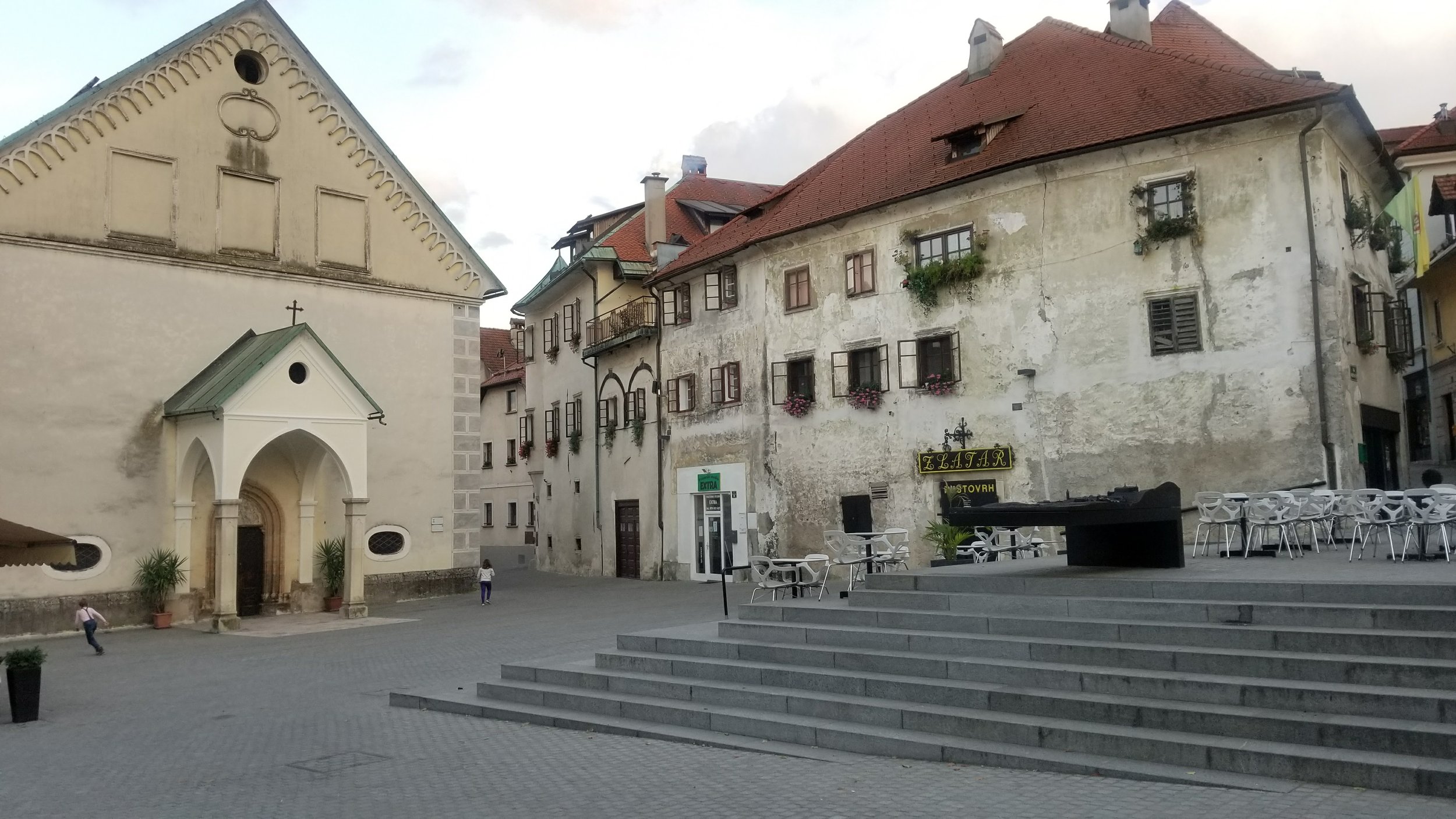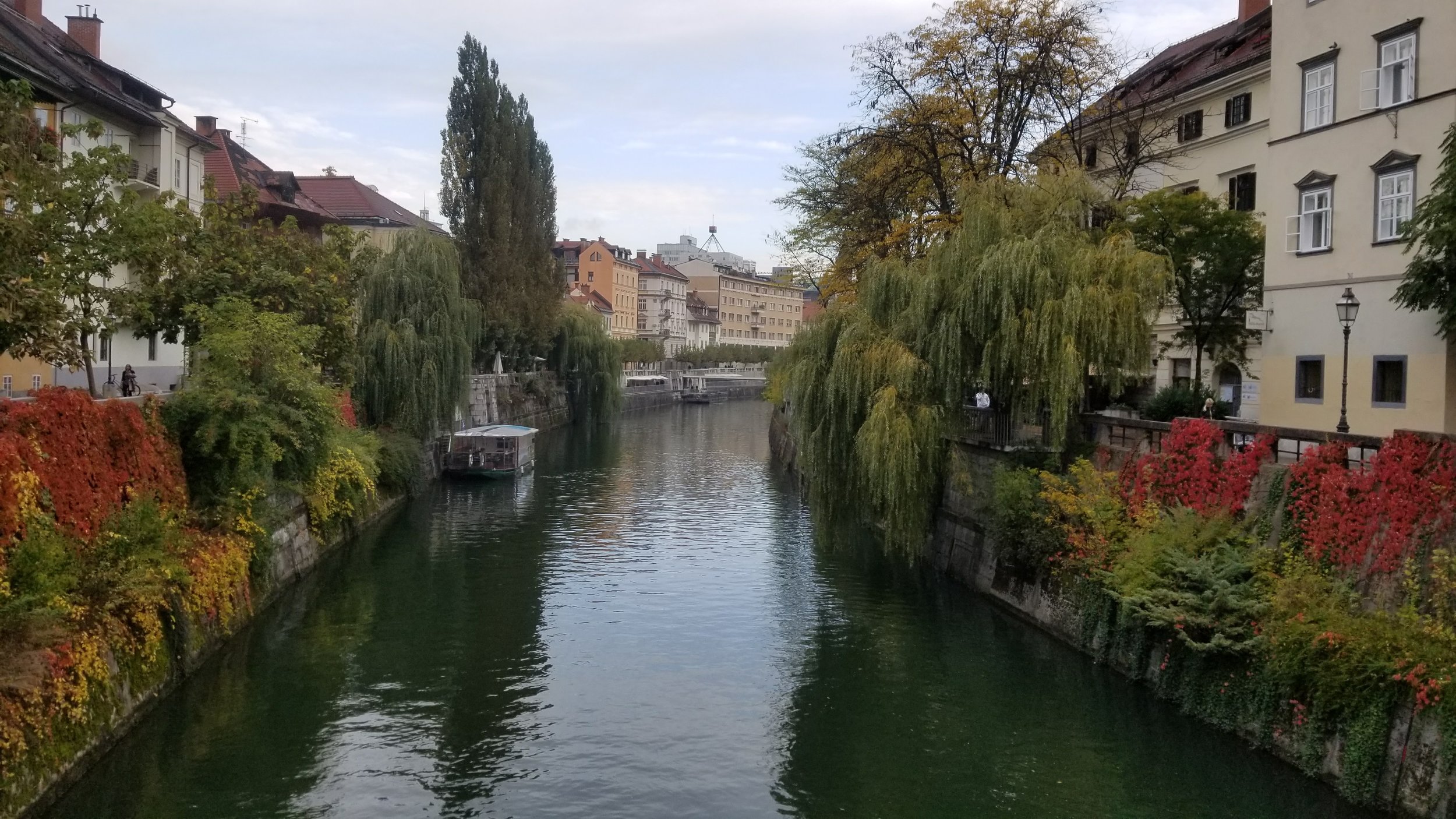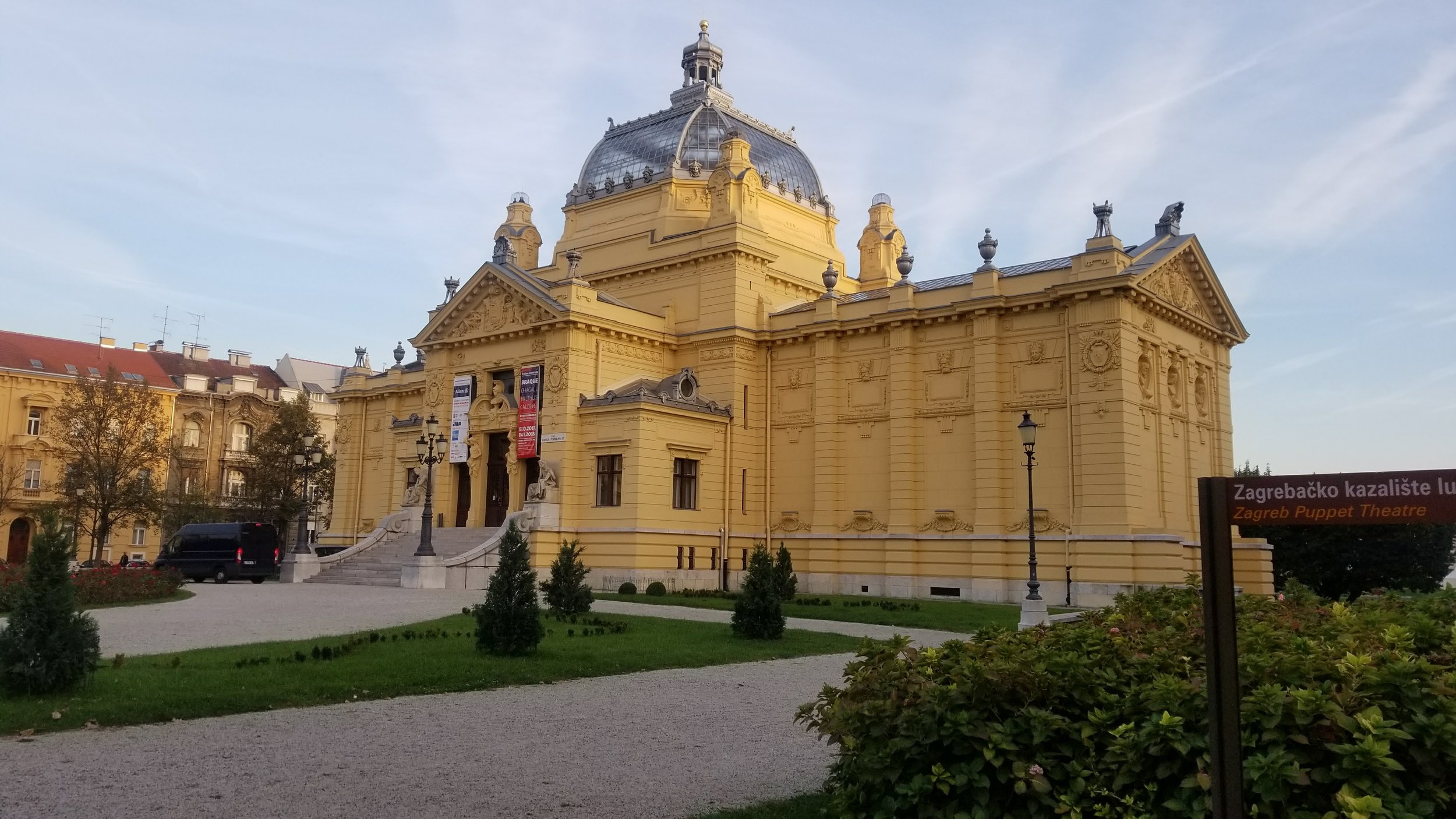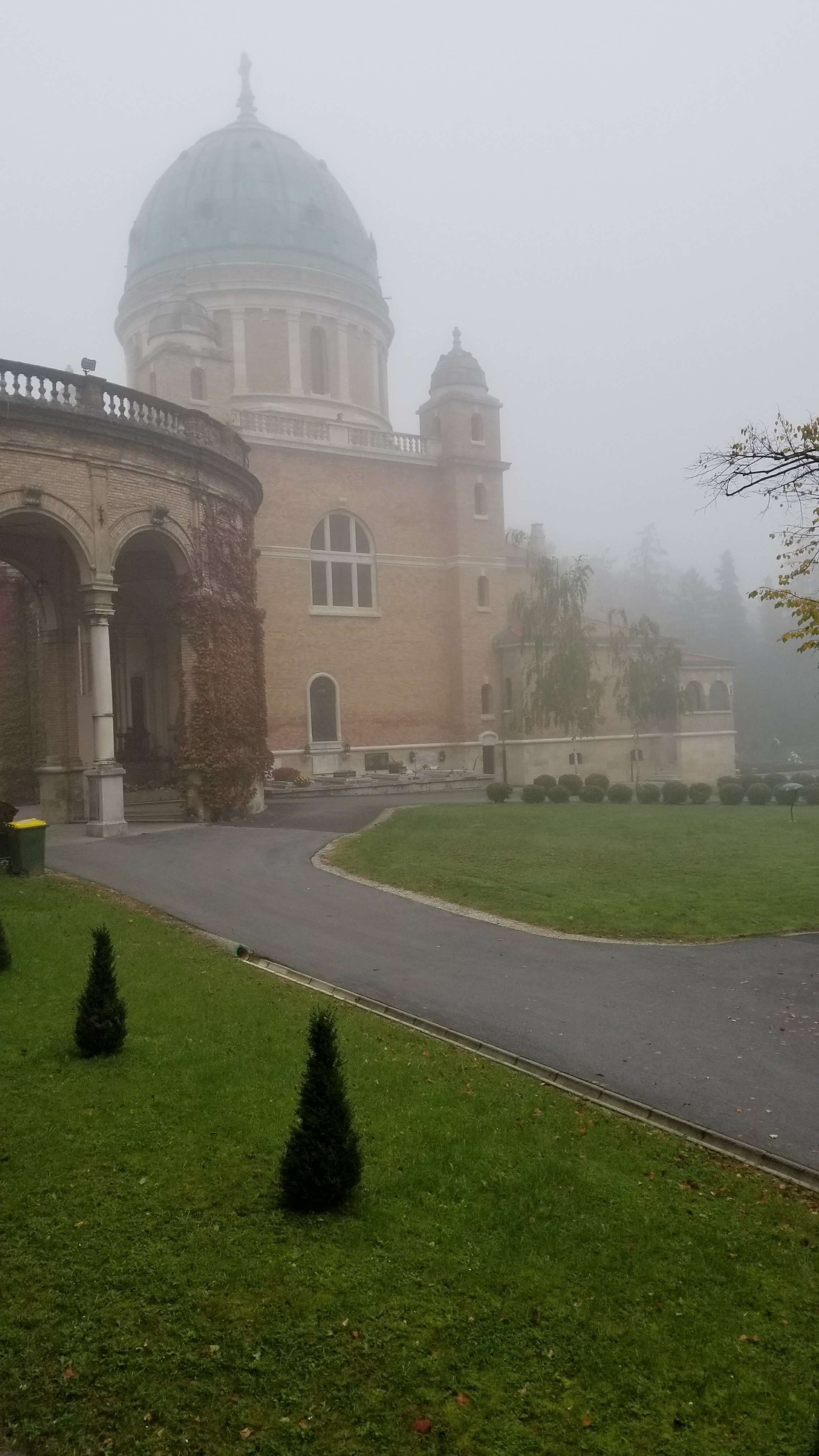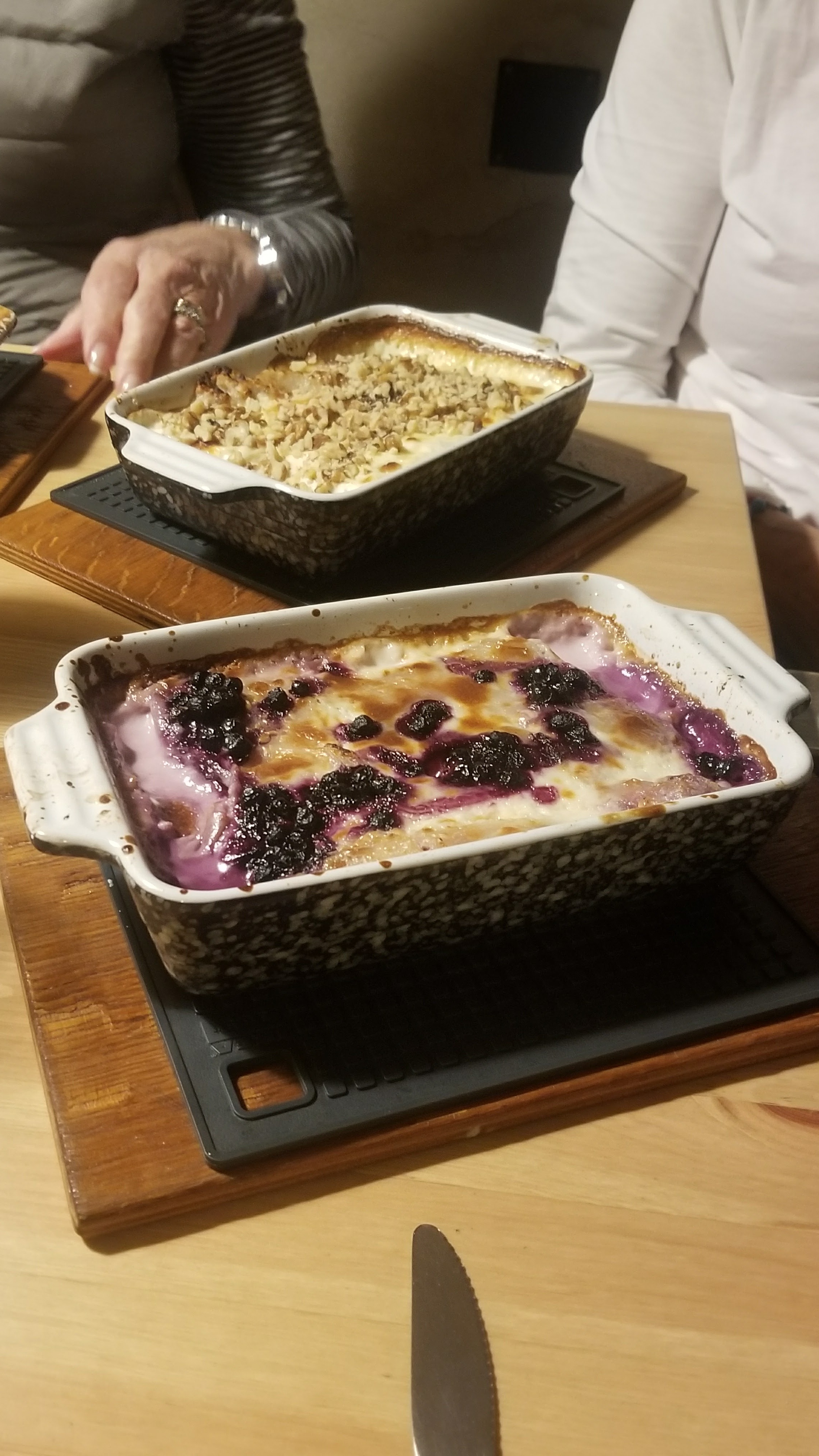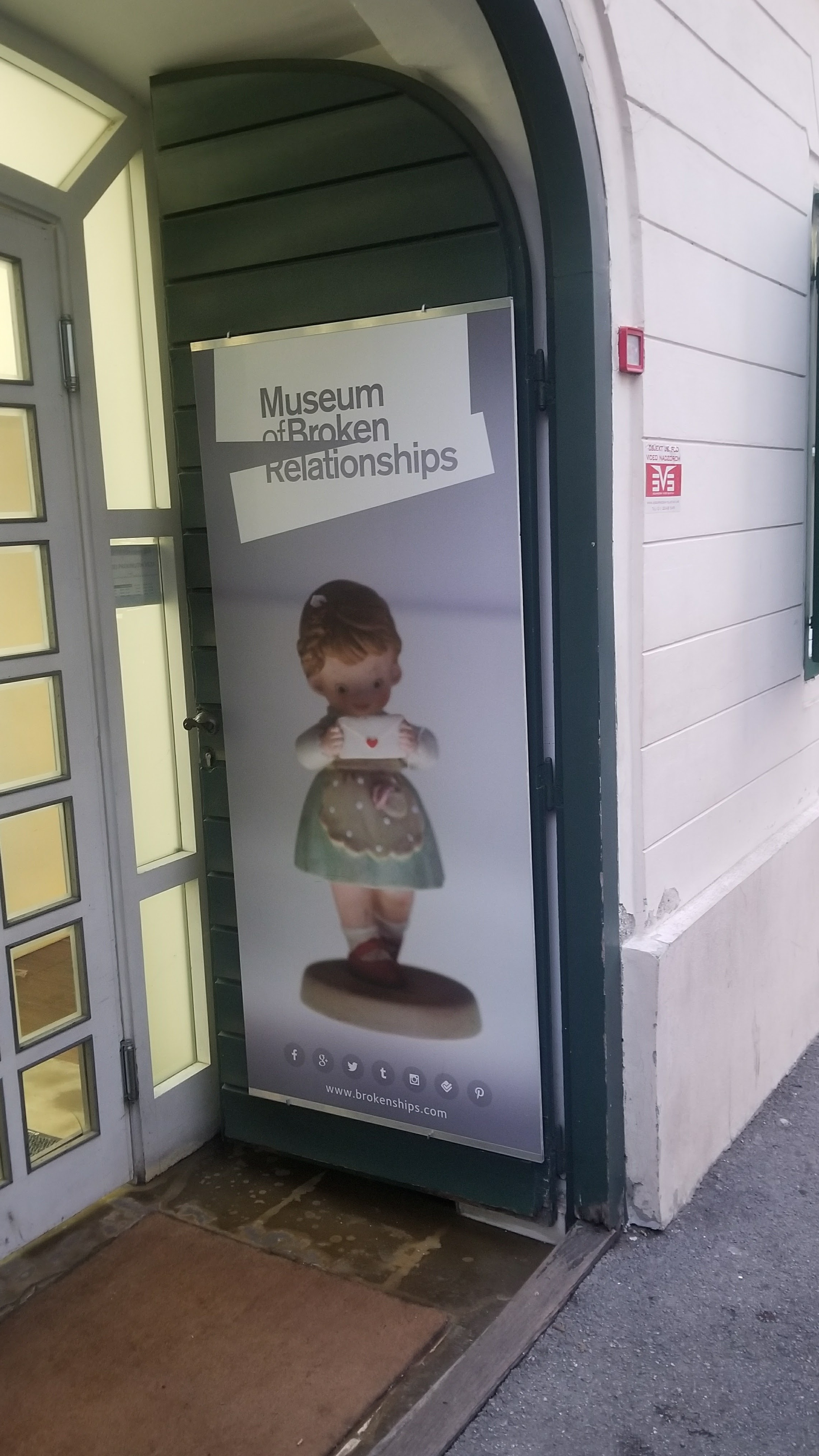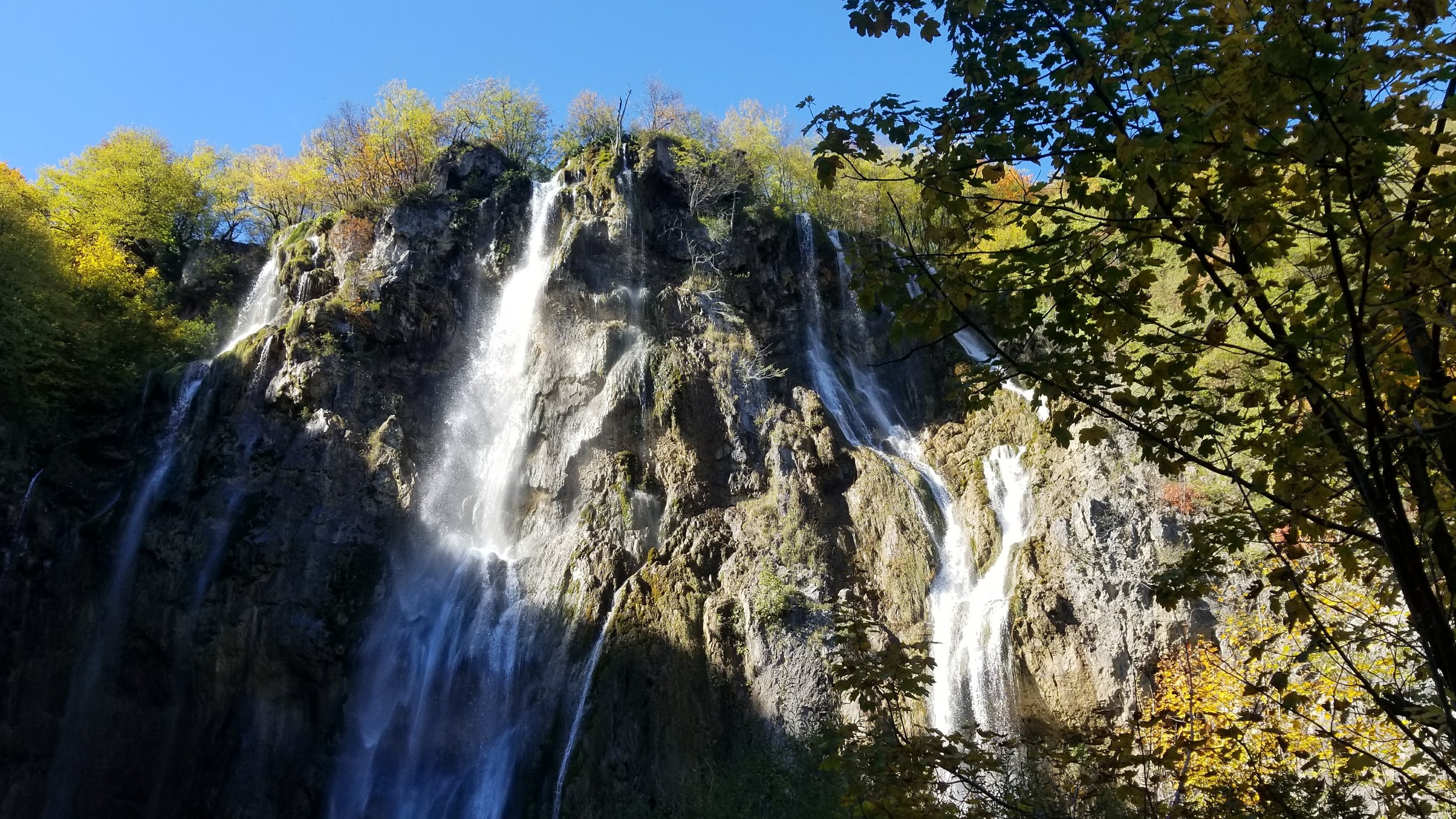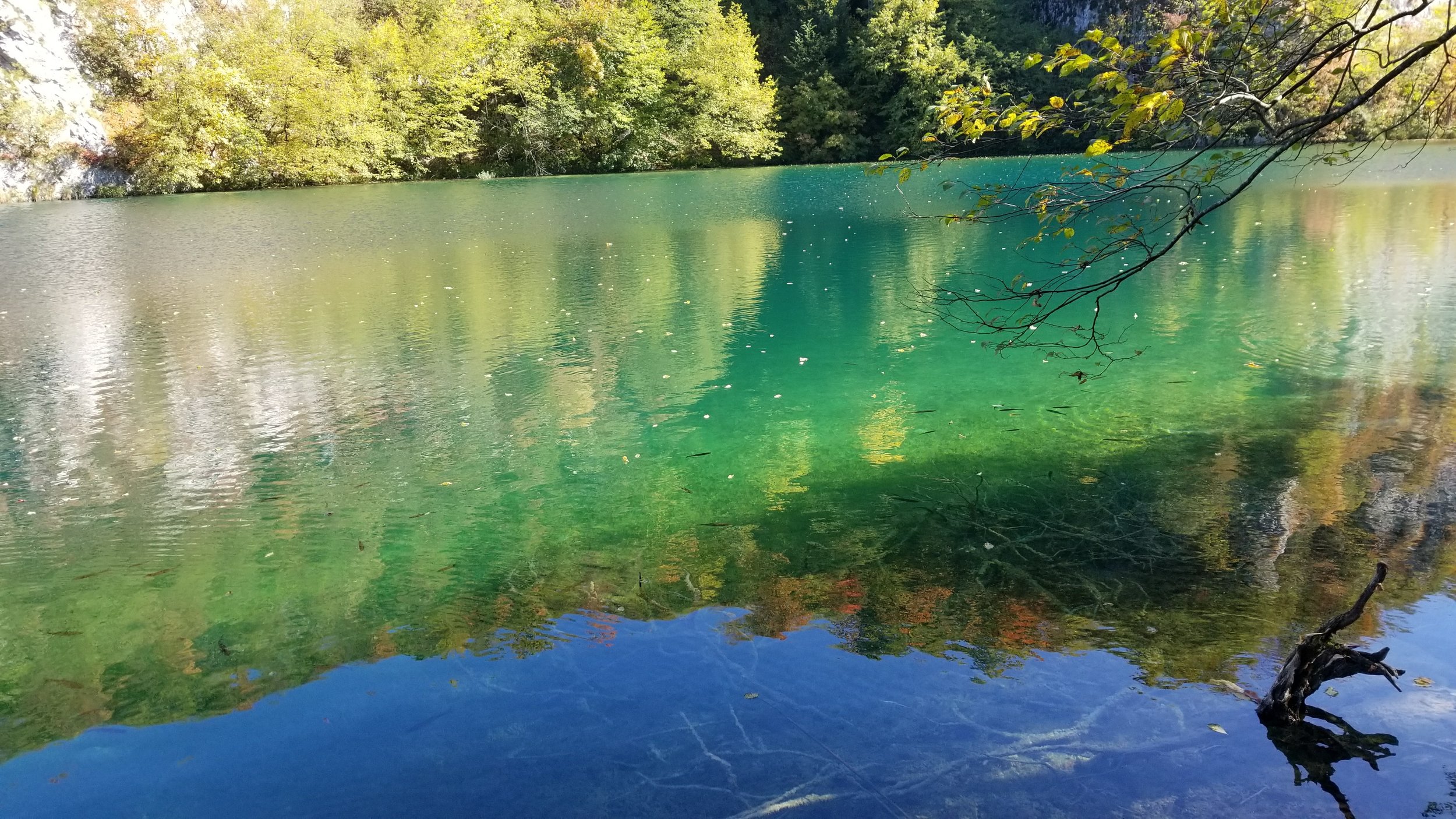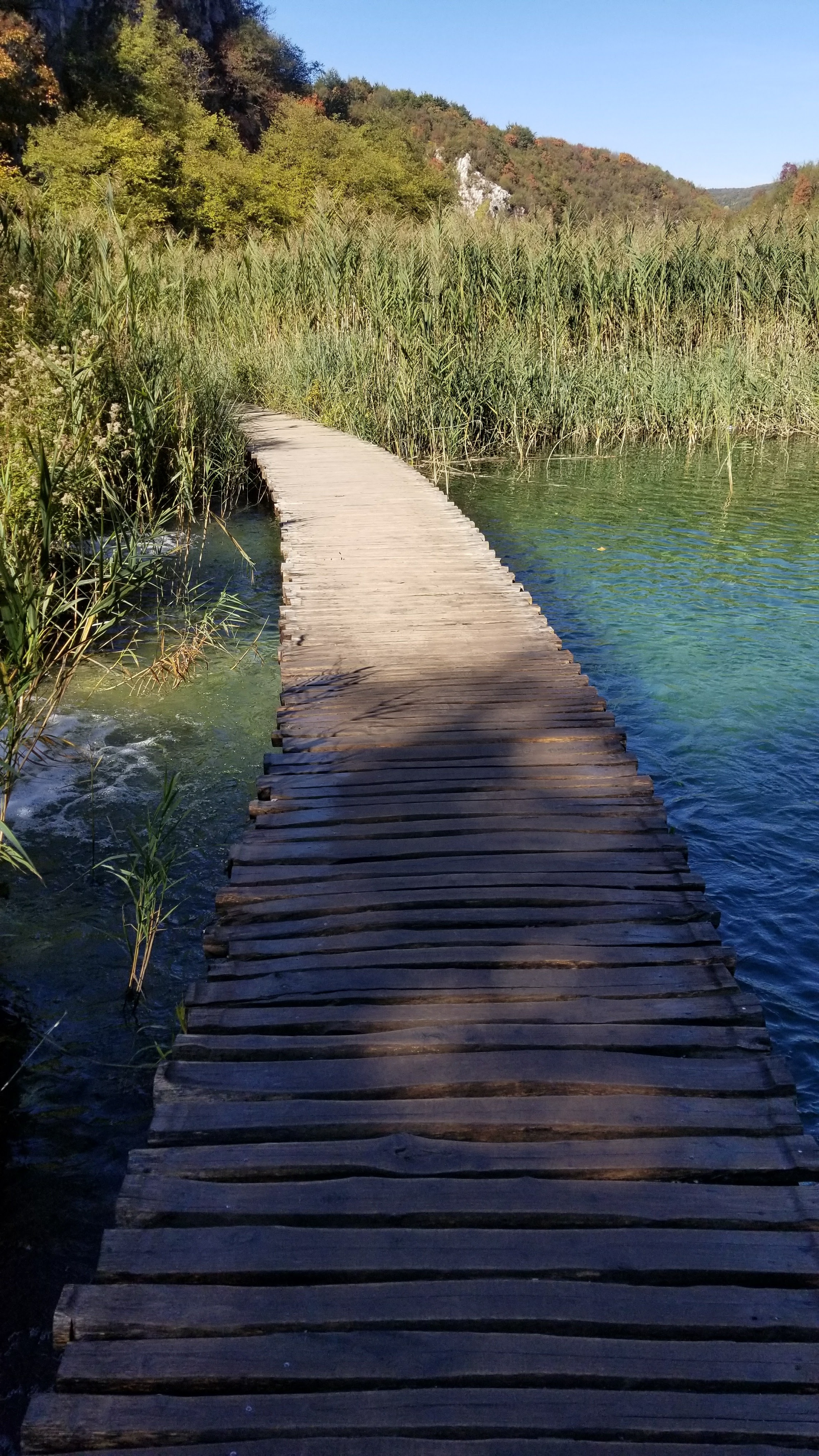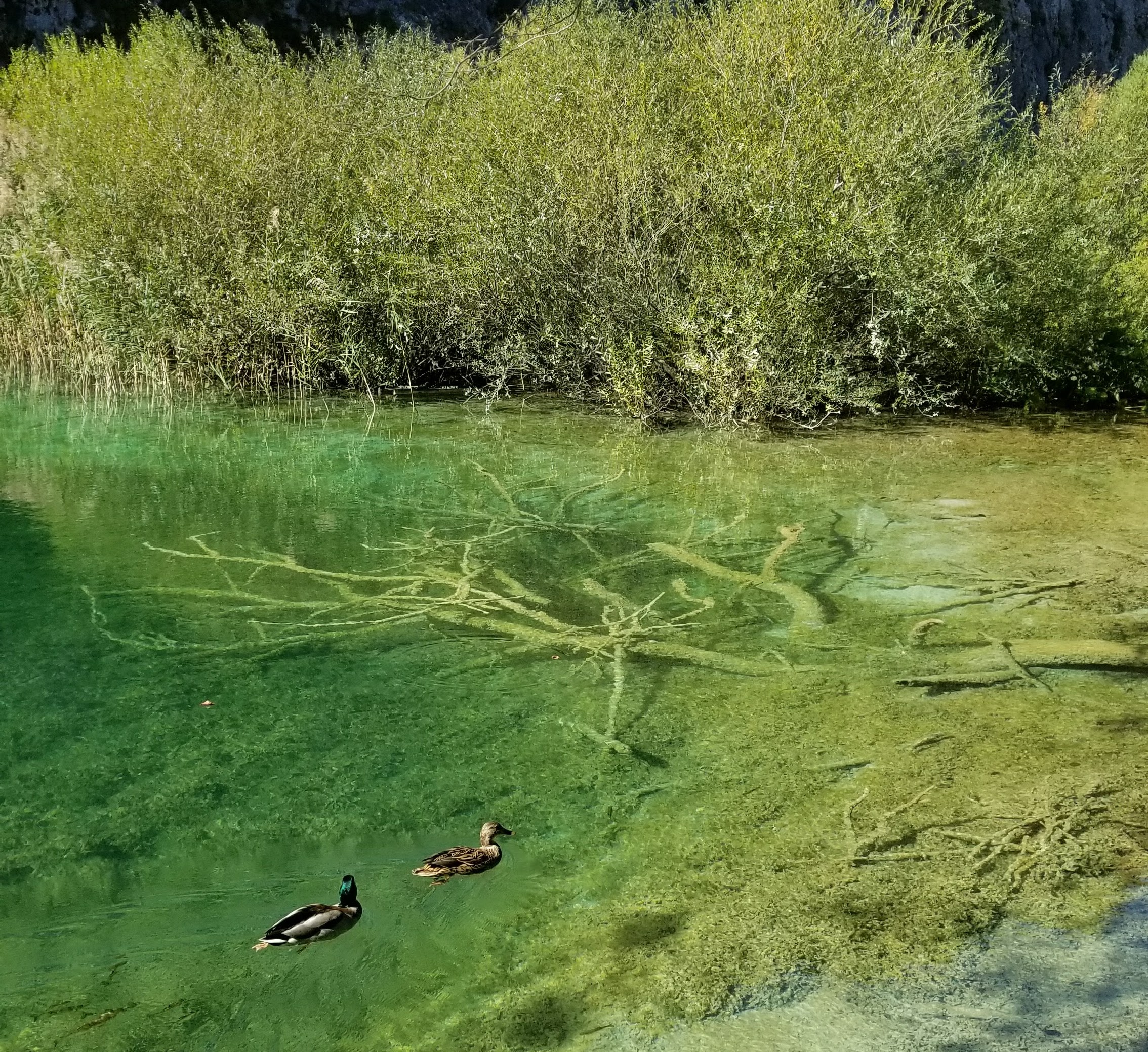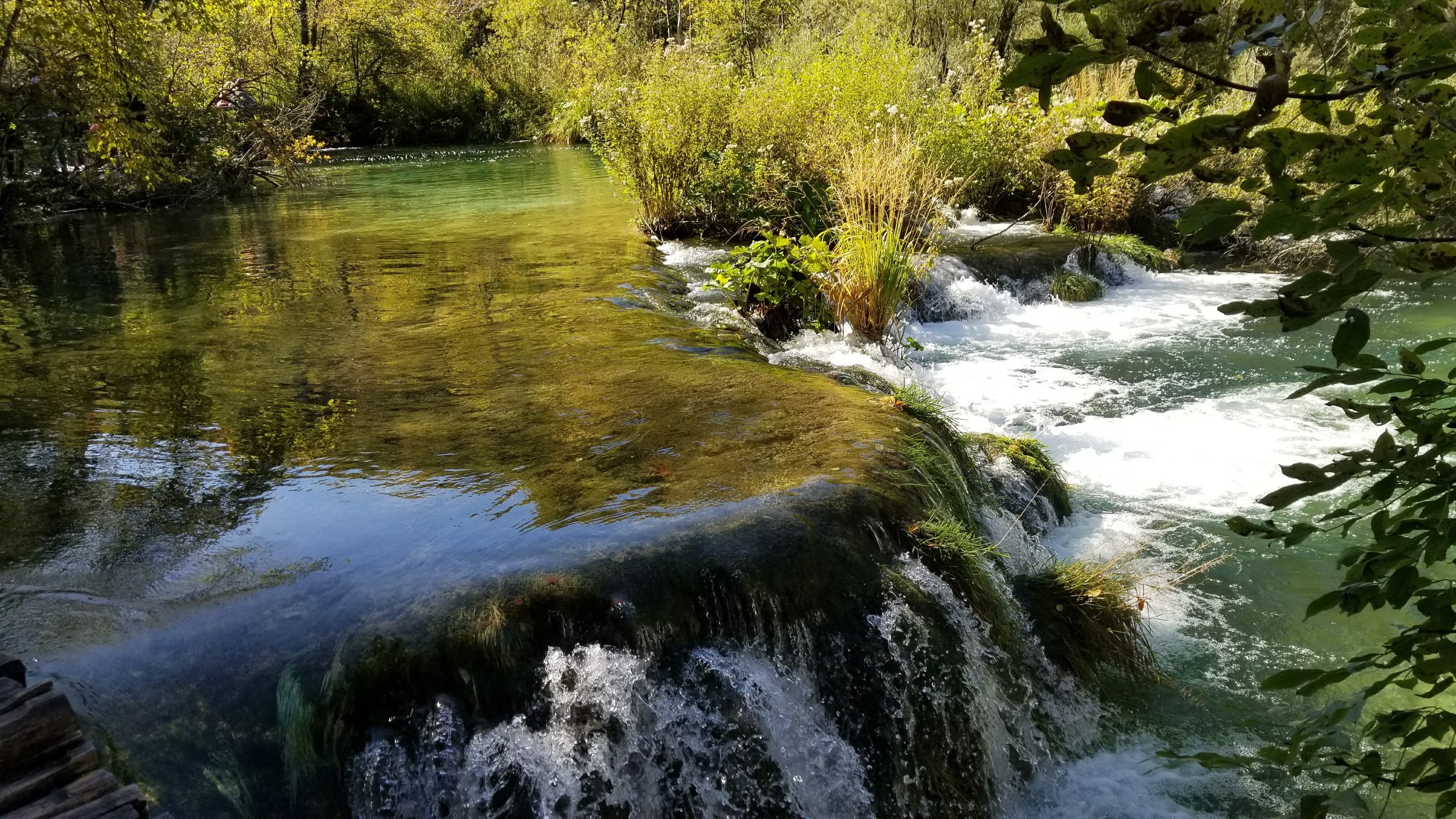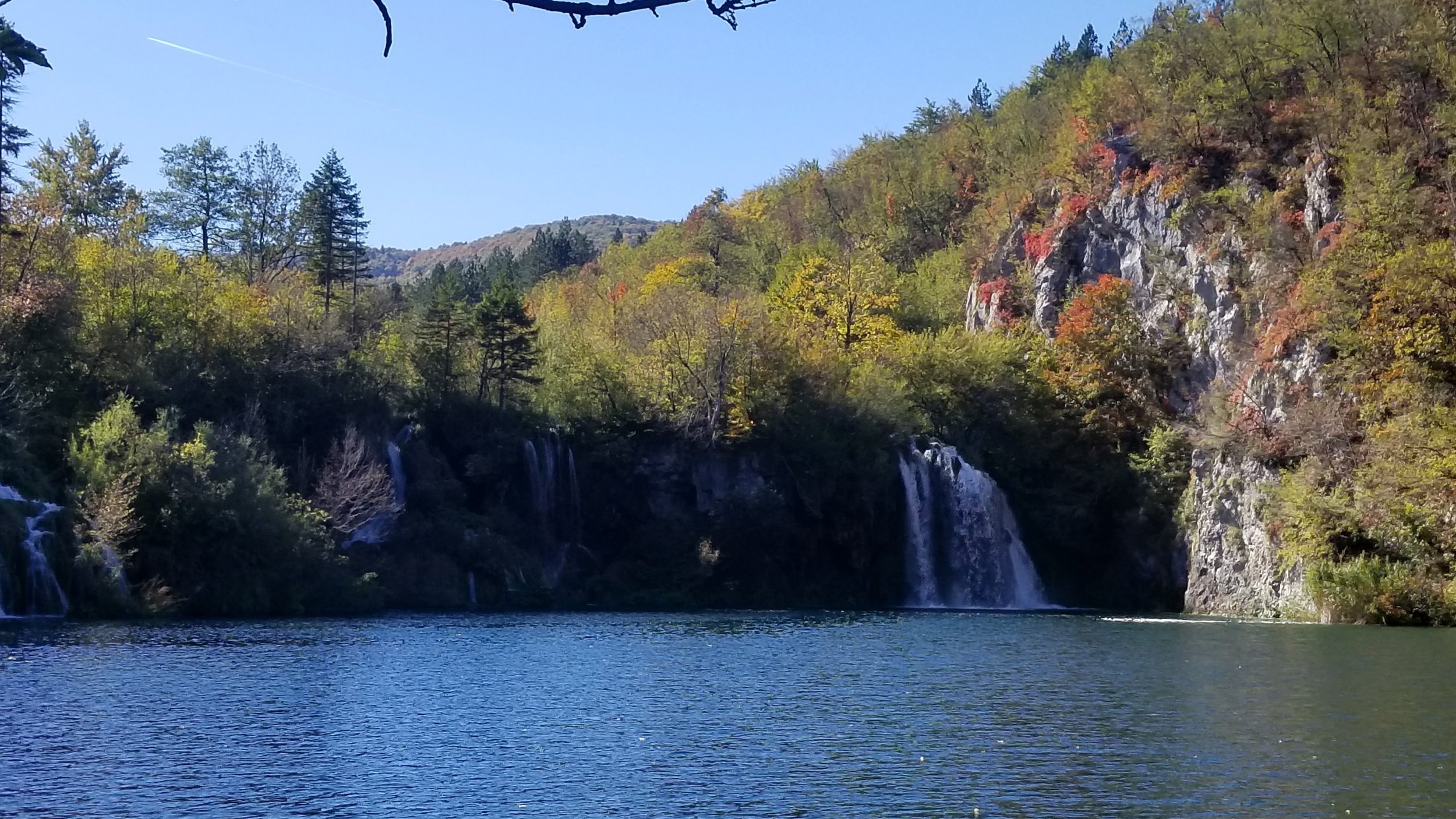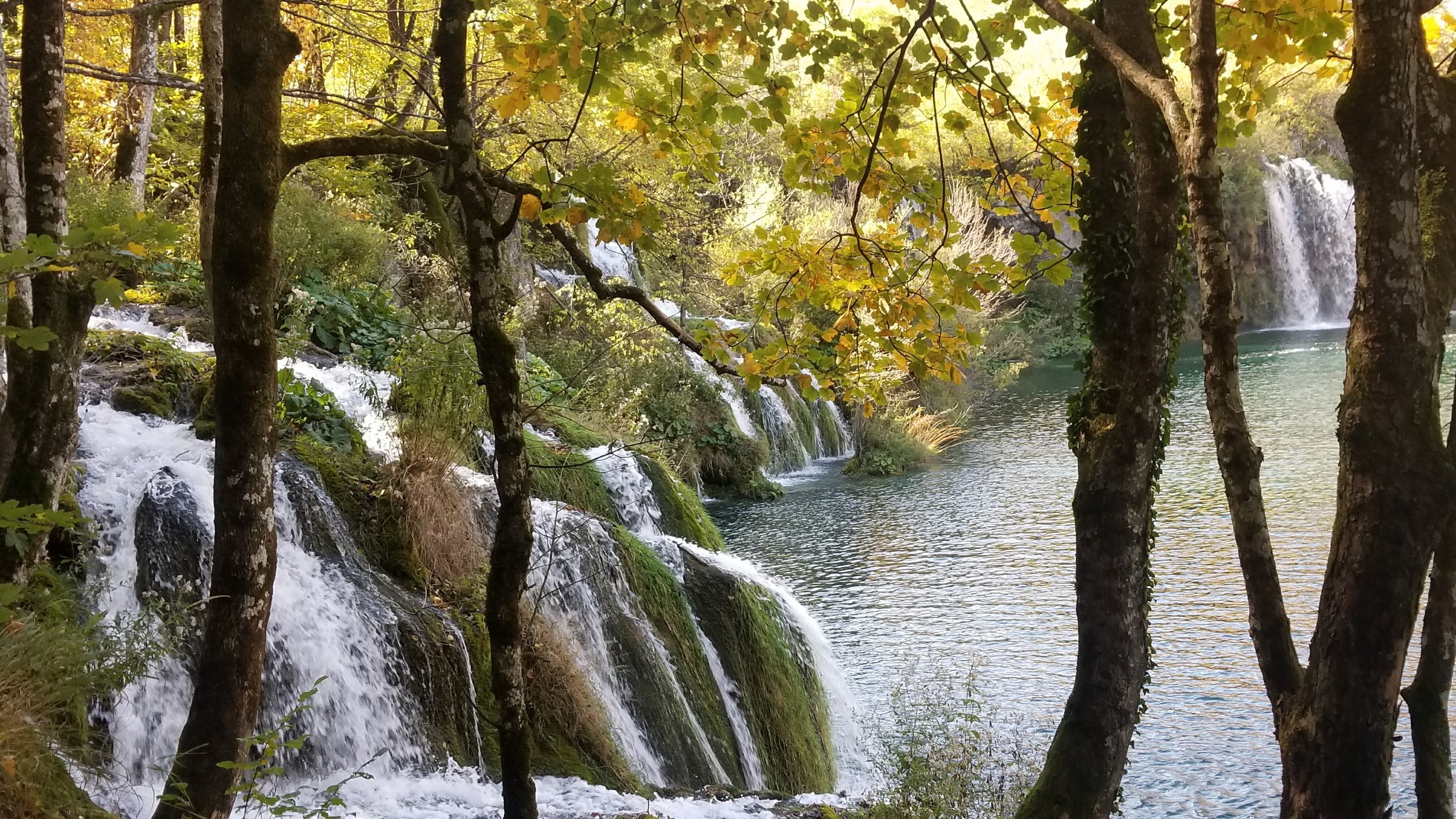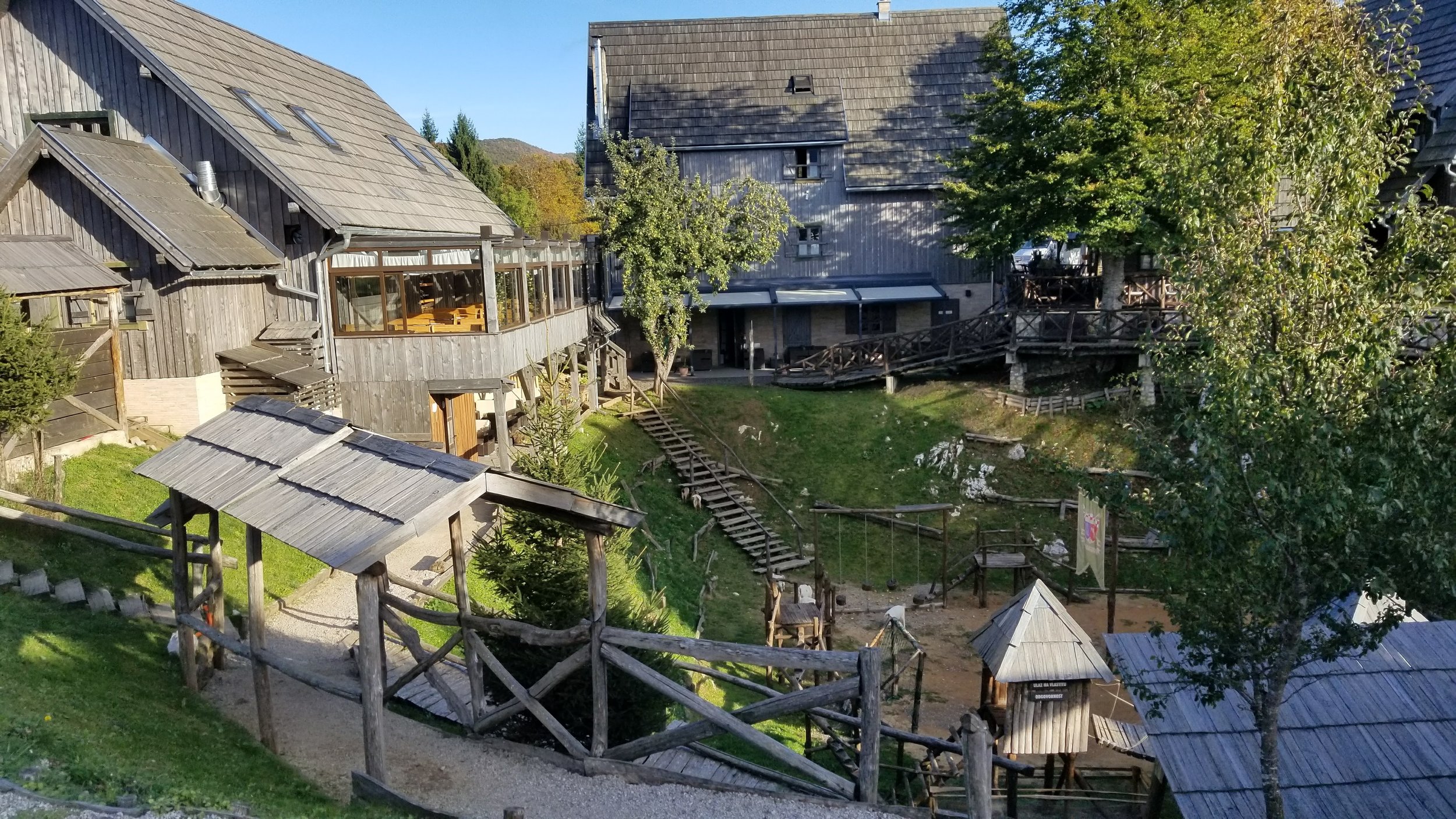Think of the best parts of a European vacation - fascinating cobblestoned cities, lively cafes, historic cultures and picturesque mountain villages. Now think of the bad parts - overcrowded tourist sites, high prices and stuffy locals. After the end of the Cold War, European travelers discovered that the former Yugoslav republics of Slovenia and Croatia offered the best of Europe at lower prices and with less crowds than Italy, France and Germany.
But with the exception of Croatia’s Dalmatian Coast, a UNESCO World Heritage site that’s such a rich travel destination it deserves its own article (see part 2), most Americans haven’t been let in on the secret that is Southeastern Europe. So next time you’re planning a trip, book a transfer through your favorite European hub airport, say “a la prochaine” to Paris or “bis bald” to Berlin and “Zdravo!” to Zagreb. Here’s the best of what to see, do and eat in Slovenia and Croatia!
UPDATE JULY 2021 - Delta Airlines now offers direct service from JFK to Dubrovnik, Croatia 4x a week. US Citizens are able to enter Croatia with proof of vaccination, a negative test or proof of recovery from Covid-19.
Lesce, Slovenia in the foothills of the Alps
Slovenia
Tourists accustomed to Western Europe will feel right at home in Slovenia. Tucked between Italy, Austria and Hungary, Slovenia uses the Euro and is part of the Schengen area, so no visas or border controls are necessary for travel within Western Europe. (Be aware that Croatia, Slovenia’s neighbor to the South, is in the EU but not in Schengen, so you will need a passport to cross the border.)
Although there are no direct flights to the US, it’s easy to make connections by air, road or rail from almost every other European capital. The local language is Slovene, which is written in Latin Characters and will sound familiar to anyone who has studied a Slavic language. Most young people will speak fluent English, however.
Ljubljana (pronounced “loob-li-AH-nah”)
Ljubljana’s thriving arts and culinary scene has earned it a great deal of attention lately. In 2016, the New York Times called it “‘a fairy tale’ - albeit now one illustrated by Banksy.” Visitors come to be charmed by the car-free Old Town that preserves the city’s medieval character. By eliminating cars from the center city and focusing on Quality-of-Life, Ljubljana has quickly become a popular city for tourists and new residents alike.
The Franciscan church in the center of Ljubljana - a popular destination for children and Scottish tourists alike!
Because of Slovenia’s central location, openness to the EU and thriving economy, it has become a hotspot for Europe’s youth and artistic culture. Although street art can be found throughout the city, be sure to stop by Metelkova city, a self-declared autonomous social center, hosts galleries, nightclubs, bars in a former military barracks.
Lake Bled and Vintgar Gorge
A panorama of Lake Bled - the Castle is on the left.
Outside of Ljubljana, Slovenia resembles a children’s storybook come to life. Nowhere is this more true than Lake Bled, a glacial lake in the foothills of the ice-capped Julian Alps. Visitors row or paddleboard out to Bled Island, in the middle of the lake, to tour the Church of the Assumption and enjoy fresh pastries. In summer, the water is the perfect temperature for swimming. After visiting the lake, take a jaunt through the nearby Vintgar Gorge, where wooden platforms dating to the 19th century will let you spy fish in the crystal clear waters.
Most visitors take a daytrip from Ljubljana to the lake, which is easily accessible by car, bike and train. However, if you’d like to spend the night, there are a number of attractive options ranging from traditional spas with hot-spring baths to eco-hostels and modern hotels with yoga and pools.
Croatia
Since its independence from Yugoslavia in the 90’s, Croatia’s Adriatic coast has become one of Europe’s hottest travel destination, which I’ll cover in its own article. But travellers often miss the culture, cuisine and natural beauty in central Croatia and its capital, Zagreb.
Like Slovenia, Croatia is easily accessible from most of Europe but there are no direct flights from the US. Although it is a member of the EU, it uses its own currency and is outside of the Schengen area. English, along with German and Italian, is widely spoken in most major urban areas, but not as widely as in Slovenia.
Zagreb
Although not as colorful as Ljubljana, Zagreb is perhaps more atmospheric and almost twice as large. Even if it hasn’t gone car-free like Ljubljana, it’s very walkable and easy to access by public transit. The city is situated near mountains, so you might find yourself travelling across its three levels by funicular.
Some of Zagreb’s best sights veer towards the morbid, or at least the emo. Mirogoj Cemetary, located north of the center center, is a fascinatingly beautiful location. The walkways around the cemetery and sculptures at the gravesites are perfect for a peaceful contemplative walk. In the center of town you’ll find the Museum of Broken Relationships, housing personal objects left behind by former lovers in a baroque palace.
On a more upbeat note, be sure to take in Zagreb’s art markets and culinary scene. After dark the city comes alive with a bustling night market full of open-air restaurants and eateries. If it’s getting cold, be sure to visit La Struk, a restaurant serving only variations on the Strukli, Croatia’s national dessert.
Plitvice Lakes National Park
Croatia’s countryside is some of the most beautiful and unspoiled in the region. In Plitvice Lakes National Park, you can explore a system of 16 interconnected freshwater lakes connected by waterfalls. The limestone rock and microorganisms in the water give each lake a distinctive blue-green hue. It’s also one of the few remaining spots in Europe to view wolves and bears in the wild. After your hike, book a stay at one of the local nature resorts to sample local foods, wines and traditions.
Getting there - and back
UPDATE JULY 2021 - Delta Airlines now offers direct roundtrip service between JFK and Dubrovnik 4x a week. Other cities in Slovenia and Croatia are well-connected with major European hubs. If you'd like to figure out the best options for you, please send me an email.



